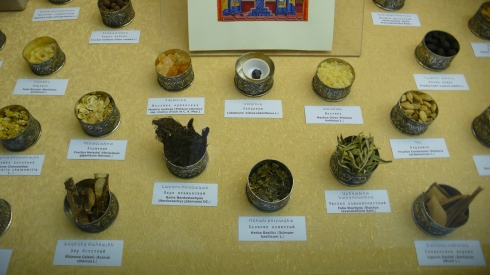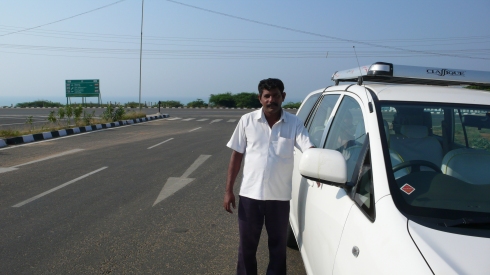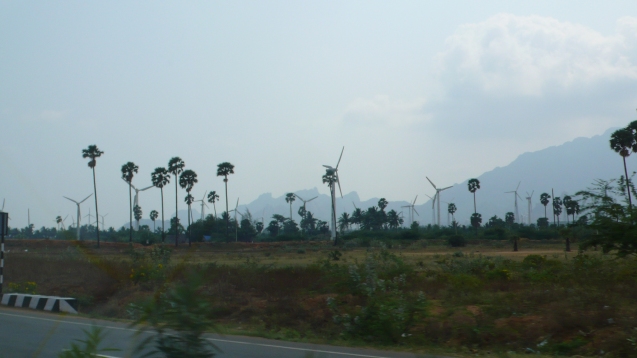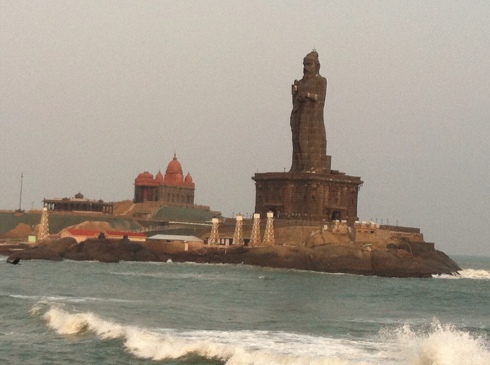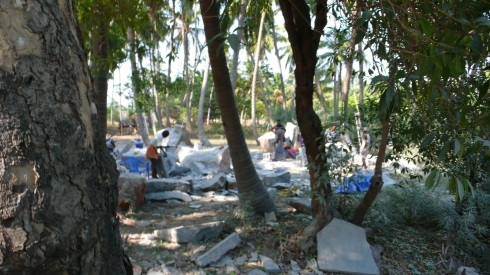The road was long and bumpy but then, oh my, you come over a ridge and see this, the 10th/11th-century monastery church of Marmashen, close to the border with Turkey. Despite continual invasions, the Armenians would not stop building gorgeous churches with big, beautiful cupolas, magnets for marauding armies, but they found ways to hide them in the landscape. I know in this photo it looks pretty widely visible, but if you are on any of the roads around here (and they are on the path of the ancient routes), this church never shows up on the horizon.
It is actually a cluster of three churches, or, now, three and a half.
They weren’t entirely safe from marauders, of course. You have to imagine trembling monks in the upper chambers of the main church and taunting soldiers below, figuring out how to get to them. At some point in the 12th or 13th centuries probably, one invader walked between two of the churches, looking for a way into the main one. He decided he would make his own ladder up to the window by hacking footholes in the wall, or so my guide said.
(My exchange with the guide.)
Guide: You can see how the Turk cut into wall so that he could climb up and kill the monks.
Me: Are you sure it was a Turk?
Guide: Yes.
Me. But there really is no way to know, is there? It could have been a Mongol.
Guide: It was not a Mongol.
Me: If it was done in the 12th century, I agree, it was probably a Seljuk Turk. If it was done in the 13th, it would have been a Mongol. But there’s no way to know when it was done.
Guide: It was a Turk.
Me: Why are you so sure?
Guide: Because the priest says so, and he knows better than you or me.
Me: Do you think maybe the priest doesn’t like Turks?
Guide: Well, don’t worry, we don’t like Mongols either.
(I later found out that the beautiful inscription in old Armenian into which these holes were hacked records the restoration of the monastery in 1225, so the hacking was done sometime after that. The Mongols strike again!)












